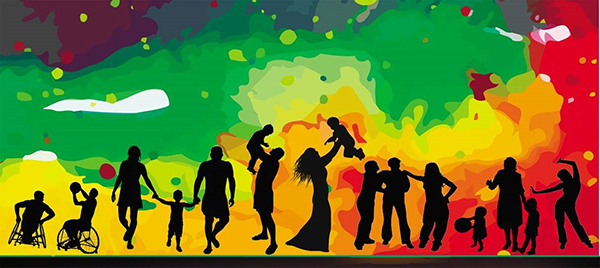A call to end corporal punishment
October 30, 2017
Share
A new Christian Theological Statement issued last Friday calls on the federal government to repeal Section 43 of the Criminal Code of Canada.
The statement was written and issued by a group of scholars, policy makers, Christian church leaders and general public who recently met at Queen’s University in support of the Truth and Reconciliation Commission’s (TRC) Call to Action #6 in regards to physical punishment by parents to correct a child’s behavior.
 Section 43 of the Criminal Code of Canada provides a legal defense for the use of physical punishment by parents and people standing in the place of parents.
Section 43 of the Criminal Code of Canada provides a legal defense for the use of physical punishment by parents and people standing in the place of parents.
“Because the TRC’s Call to Action #6 is to repeal the law that allows for the corporal punishment of children, I thought that maybe if we got Indigenous leaders, public health researchers, church leaders, Christian theologians and other stakeholders in the same room, we could address this in a multidimensional way, which would be more powerful than working on it on our own,” says co-organizer Valerie Michaelson (Public Health Sciences and School of Religion). “What happened was remarkable, and every participant embraced the urgency of responding to this call to action. This is by far the most important project I’ve ever been involved in.”
William Morrow (School of Religion) addressed the concern of some Christian groups who see repeal of Section 43 of the Criminal Code as one that compromises their interpretation of the Bible.
“The history of scriptural interpretation shows that even quite conservative communities have the means for moving past the literal implications of certain biblical passages when the circumstances warrant,” says Dr. Morrow. “The major issue is to convince them of the sizeable dangers that accompany the corporal punishment of children, no matter how mild.”
The result of this was the gathering last week and the creation of the statement which include six recommendations:
- We call upon Christian churches to petition our government to ensure the full protection of children, including the repeal of section 43 of the Criminal Code of Canada.
- We call upon Christian churches to recognize the deep societal wounds that remain as a result of colonialism, and to actively address the on-going, disproportionate physical, spiritual and emotional harm experienced by Indigenous children and youth.
- We call upon Christian churches to increase awareness in our communities of the impact of violence, including physical punishment, in homes, families, institutions and communities.
- We call upon all Christian churches to endorse the Joint Statement on Physical Punishment of Children and Youth.
- We call upon all leaders and educators in Christian communities to be active in the protection of children.
- We call upon all Christians to work together in continuing to develop healthy, effective and non-violent approaches to discipline in raising children and youth.
“This statement is a major moment for the churches,” says Right Reverend Mark MacDonald, National Indigenous Bishop, Anglican Church of Canada. “Advocating reconciliation and child protection, the statement makes a progressive and positive contribution to both. In that, it is prophetic and urgent.”
The statement also acknowledged the damage caused to First Nations, Inuit and Metis children by residential schools.
“Corporal punishment was a primary means of control and source of suffering in the Indian Residential Schools,” says Joan Durrant (University of Manitoba). “It was used to silence children, destroy their languages, and enforce their submission to many indignities and acts of violence. At this forum, a group of Christian leaders, theologians, and other members of Christian communities responded to the TRC’s Call to Action #6 by proclaiming their support for the repeal of Section 43 of the Criminal Code.”
For more information or to read the paper, visit the website.